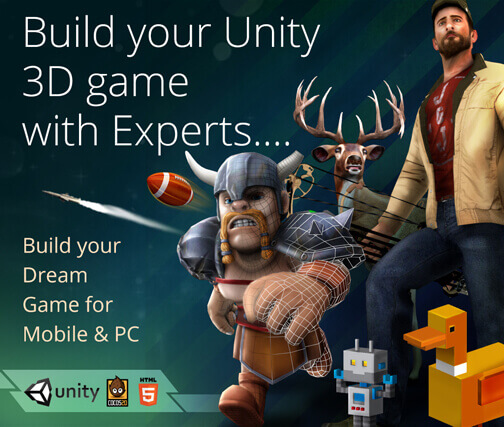
A movie is meant to be watched from the start to the end. On the other hand, video games are more interactive. As a result, there is a lot that goes into the development of a game from pre-production to post-production. Programming is certainly part of it but it starts once the production stage is over. However, it is a separate part of game development. This is all about the 3D aspects of the game development. This is how the 3D production takes place here. If you are interested in getting a 3D game developed, the following information can prove to be useful.
The Pre-Production Phase
This is the phase which starts before the actual production. In it, the ideas are further developed and planned out. The initial sketch to final designing of the concept art, look and feel, and characters take place in this phase. We may even review the technology to be used for creating the 3D art.
Concept art is an illustration that conveys the basic idea. In this case, it can illustrate how the characters or the sets are supposed to look. To further sketch out how the character is going to look like, a model sheet is created where we can see the all angle of the character. We will also design and conceptualize the game environment in this phase. Storyboarding also a part of this phase where we create a sequence of drawings, typically with some direction and dialogue, representing the shots planned for a game or Film.
The Production Phase
This is where the magic really happens. We start with the modeling. Here we create models which can be a character / props / vehicle / BG etc according the the concept art which is finalized in pre production. At this stage all models remain in gray. To make them look better, we texture it where we add colors, patterns etc so that it starts to look like the real thing.
In modeling, we can create both high poly and low poly models. We can even make models ready for 3D printing technology where using a 3d printer, you can take print of the provided model easily.
Now, we have the models ready with texture. However, they are all static. To move them across the screen, we do rigging where we add bones within the character / anything which has movement. Once rigging is complete then we can move any part of the model, can create any type of expression. Finally we start animation using the rigged character . Animation can mean anything from adding motion to a piston for an engine, all the way to creating complex character performances.
The Post-Production Phase:
In the post-production phase, the final touches are added to the models and the scenes. This involves lighting in which the direction of a light source is defined and shadows created. Then rendering takes place where the scenes are set up and then converted into output files for various uses. Finally, all the visual elements are brought together in the composting phase. For movie, after all these stages we get the final movie and for game, we do these post production parts within game engine and we can start programming part of the game.
In the end, we can conclude that having a managed 3D production pipeline in game development eases the production. As such, we take steps to ensure that it is managed correctly for a smooth workflow.





